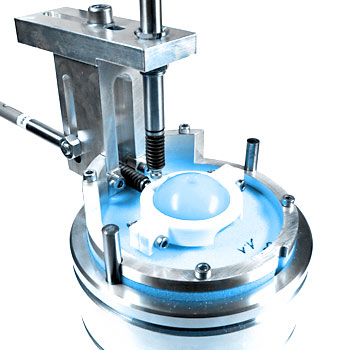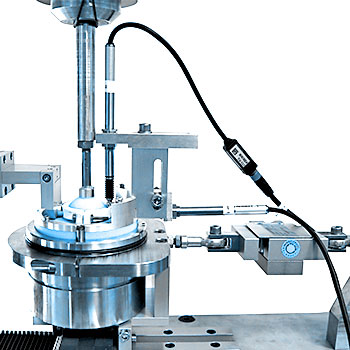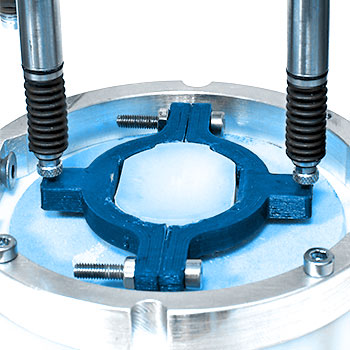Shoulder Glenoid Loosening - ASTM F2028
Normative References
ASTM F2028: Standard Test Methods for Dynamic Evaluation of Glenoid Loosening or Disassociation
This test method measures how much a prosthetic anatomic glenoid component rocks or pivots following cyclic displacement of the humeral head to opposing glenoid rims (for example, superior-inferior or anterior-posterior). Motion is quantified by the tensile displacement opposite each loaded rim after dynamic rocking.
Similarly, this test method measures how much a prosthetic reverse glenoid component rocks or pivots following cyclic articulation with a mating humeral liner. The magnitude of displacement quantifies motion before and after cyclic loading.
For the reverse shoulder system, for example, the glenoid component is “implanted” into a bone substrate material, and the fixation is measured under axial compressive and shear loading conditions. The induced micromotions at the glenoid baseplate and glenosphere assembly are measured in shear and axial compressive load direction. Displacement measurements are performed using the latest generation, high-accuracy digital contact sensors.




